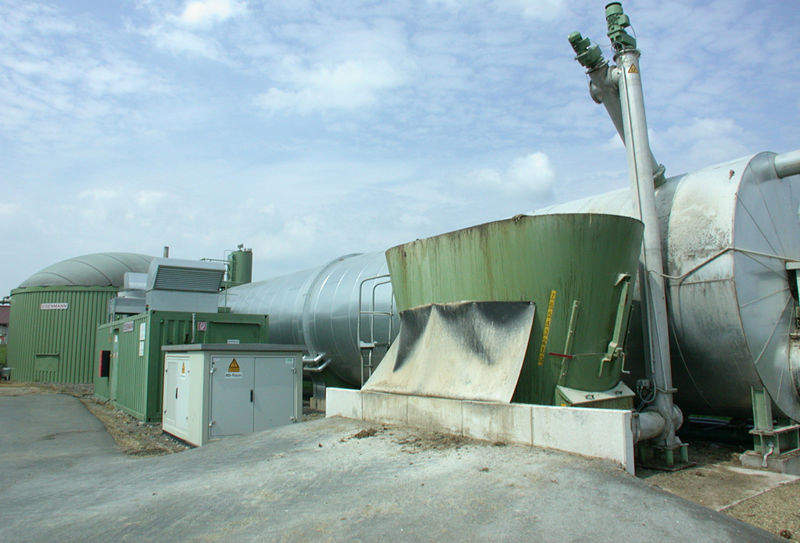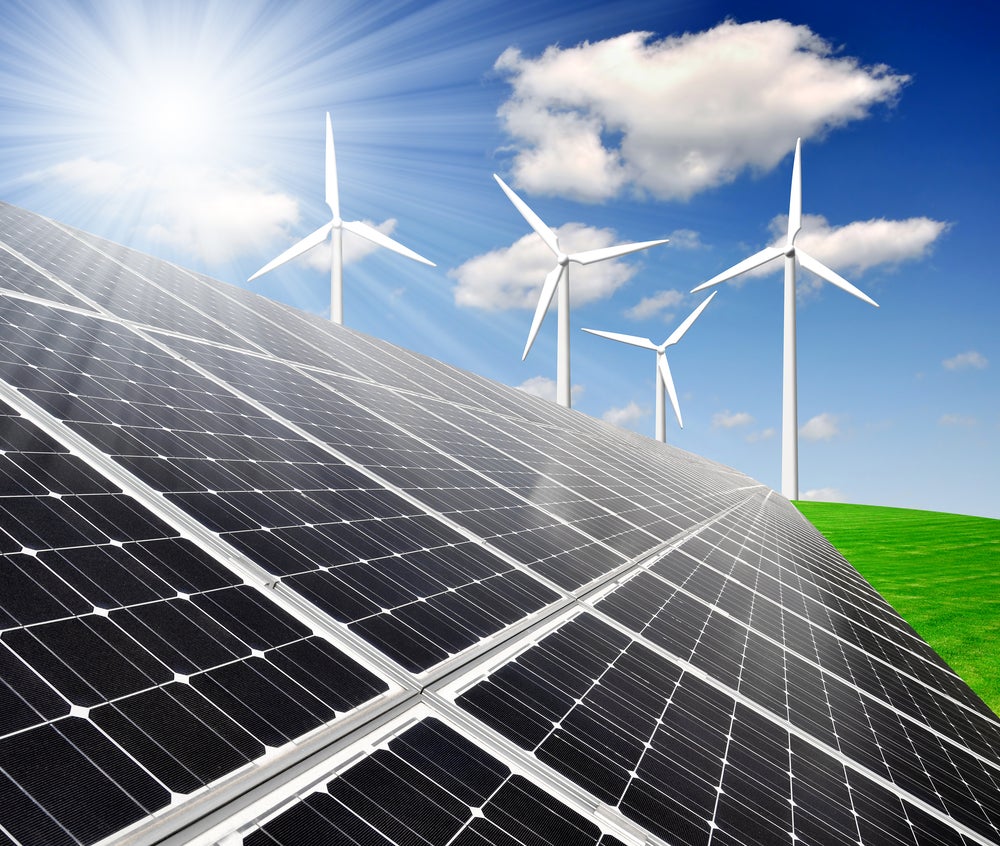
Sourcing energy from biogas seems the perfect solution to two problems faced in the modern world: mounting waste and the need to rapidly decarbonise in the face of increasingly volatile global temperatures. But just what are the benefits of this method of energy production? Power Technology looks at the pros and cons of biogas.
Why choose biogas?
Biogas plants rely on anaerobic digestion, a fermentation process in which waste is digested by microbes to produce methane gas (biogas). The waste can be converted into biofertiliser and spread directly onto fields, or the biogas itself can be used interchangeably with natural gas as fuel.
Biogas could be particularly useful in rural or poorer areas due to the low cost of set-up and the availability of waste materials. Almost any organic waste can be used in the process, though factors such as pH and temperature affect the gas production.
It has been cited as a renewable energy alternative with great potential due to the fact that it is a zero-emissions process. By capturing methane emissions, biogas plants work to curb the greenhouse effect and limit the amount of harmful gases spread in the atmosphere.
“By linking up and closing the loop on the previously linear processes of sending organic waste to landfill, anaerobic digestion is able to tackle waste, energy, sustainable food production and nutrient recycling challenges in a sustainable and circular manner,” says the Anaerobic Digestion and Biogas Association.
In addition, biogas generation relies on renewable, natural materials that can be replanted or reproduced, thus making it a sustainable method.

US Tariffs are shifting - will you react or anticipate?
Don’t let policy changes catch you off guard. Stay proactive with real-time data and expert analysis.
By GlobalDataThe by-product of the biogas generation process is enriched organic digestate, which is a perfect supplement to, or substitute for, chemical fertilisers, which often have toxic and harmful effects. In contrast, the organic digestate can accelerate plant growth and resilience to diseases.
The path to a circular economy
Drawing energy from the fermentation of waste products such as manure, food and sewage, biogas offers a route towards a ‘circular economy’ in the use of products beyond the end of their service life.
At this year’s International Energy Agency Bioenergy Symposium, Professor Jerry Murphy, director of the SFI MaREI Centre at the UCC Environmental Research Institute, spoke of his belief that the use of anaerobic digestion is integral to the establishment of a successful circular economy.
“There are so many advantages to a biogas system,” Murphy said, “from waste treatment, production of bio-fertiliser, generation of a renewable energy suitable for transport, heating or electricity, improved water quality and provision of jobs in rural communities. It is the full package.”
As the technology used in the production of biogas is relatively cheap, it can also be easily deployed in domestic settings. Small bio-digesters can be used in the home, with methane sourced from kitchen waste and animal manure. The gas produced can also be used for cooking and electricity generation.
“Biogas is a ‘green’ sustainable energy vector and has a significant role in shifting to a sustainable decarbonised society,” Murphy said.
“The future of the biogas facility is a bio-factory where value is created from previously wasted materials; this ensures sustainability of the environment and potential for financial gain for the local community. The biogas plant is the hub in the future circular economy.”
What are the downsides?
Though biogas seems an obvious choice for a world that needs to cut down both waste and carbon emissions, it is not a perfect method.
Currently, there are no new technologies to simplify and improve the process of biogas generation, meaning that it is not a completely efficient system. Large-scale production for a wider population is not yet possible, and investment into the sector is not particularly popular with governments, which are instead putting money into the more developed alternatives of wind and solar.
In addition, biogas still contains impurities even after refinement and compression. This means it can damage vehicles if used as a biofuel, as it can corrode the metal parts of the engine and increase the need for and cost of maintenance.
Finally, biogas production is not suitable for every location. As larger production relies on an abundant supply of waste manure or crop materials, it is impractical in urban areas.







